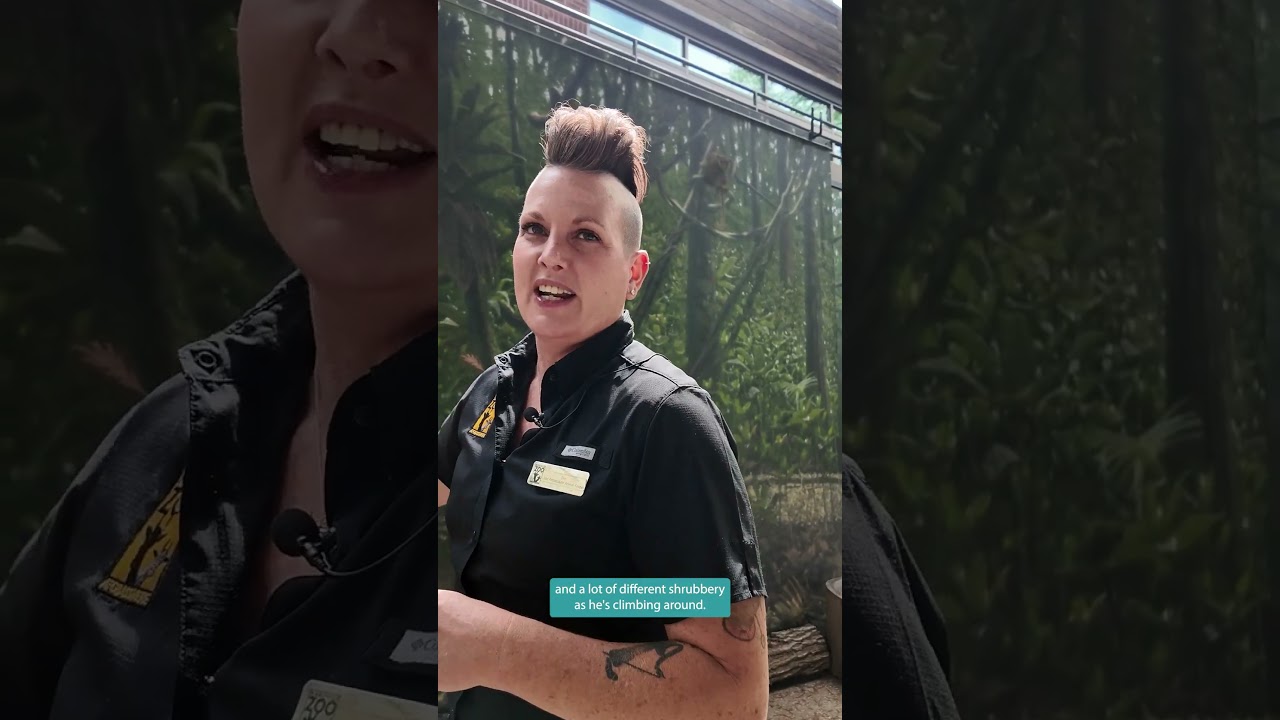- Understanding the significance of World Binturong Day and its role in conservation awareness.
- Exploring the biology and unique characteristics of the binturong.
- Discussing the importance of zoo management in the care and conservation of binturongs.
- Highlighting conservation efforts and challenges faced in protecting binturong populations in the wild.
- Engaging with the public through educational programs and social media to promote wildlife appreciation.
World Binturong Day celebrates a remarkable species whose role in its ecosystem is as vital as it is fascinating. This annual event, held on the second Saturday of May, shines a spotlight on the binturong, an animal often overshadowed but critically important. The primary aim of World Binturong Day is to raise conservation awareness and to ignite interest and appreciation for this species.
The binturong, also known as the bearcat, is neither a bear nor a cat. This viverrid mammal, native to Southeast Asia, is a member of the family Viverridae. It bears a distinctive appearance with its robust body, long shaggy fur, and a prehensile tail. The binturong’s tail is particularly notable, as it aids in climbing and acts almost like a fifth limb. This arboreal species thrives in the dense forests of countries like Thailand, Malaysia, and the Philippines.
One of the most intriguing aspects of binturongs is their scent, often compared to popcorn or warm corn chips. This unique aroma is due to chemical compounds in their urine, used to mark territory and potentially attract mates. Understanding these characteristics is essential for zoo professionals and conservationists who aim to create environments that replicate their natural habitats.
Zoo management plays an instrumental role in the care and protection of binturongs. Housing these creatures in captivity involves understanding their dietary needs, which primarily consist of fruits, small animals, and insects, reflecting their omnivorous diet. Nutrition plans must precisely balance these components to maintain health. Additionally, environmental enrichment is crucial. This involves the creation of engaging enclosures that promote natural behaviors, such as climbing and foraging. Enrichment activities are designed to stimulate the animals mentally and physically, reducing stress and promoting well-being.
Beyond care, captive binturongs serve an essential function in educational outreach. Zoos act as ambassadors for wildlife, facilitating connections between humans and animals. This connection is vital for fostering a broader understanding of biodiversity and the delicate balance of ecosystems. Educational programs target visitors of all ages, imparting knowledge about the importance of conservation and the role each species, such as the binturong, plays in their habitats.
Efforts to protect binturongs face numerous challenges, primarily habitat destruction due to deforestation and illegal wildlife trade. The relentless clearing of forests for agriculture and urban development has fragmented their habitats, threatening population stability. Additionally, binturongs are often caught and sold as exotic pets or for traditional medicine. Addressing these issues requires international cooperation and legislation aimed at curbing habitat loss and strengthening wildlife protection laws.
Conservation organizations are working tirelessly to counter these threats. Efforts include habitat restoration, stricter law enforcement, and community engagement to develop sustainable living practices. Successful conservation is heavily reliant on local communities, making their involvement crucial for long-term success.
Social media and educational campaigns for World Binturong Day bolster these conservation efforts by raising awareness and fostering public interest. Engaging content that highlights the animal’s behavior, ecosystem role, and conservation status can significantly impact public perception and support. By promoting interactive experiences, such as virtual tours and live streams of binturongs in their natural settings, a broader audience can appreciate their charm and understand the urgent need for conservation.
World Binturong Day underscores the vital interplay between education, conservation, and community involvement. As the love and understanding of binturongs spread, so too does the potential for meaningful conservation action. Through this collaborative effort, we can contribute to a future where binturongs continue to thrive.
*****
Source Description
Celebrate with Wilbur the binturong and Zookeepers Erin and Natalie, and learn all about these fascinating animals. Don’t forget to catch Wilbur and his cousin Willow in action during our Wild Works Animal Shows!


